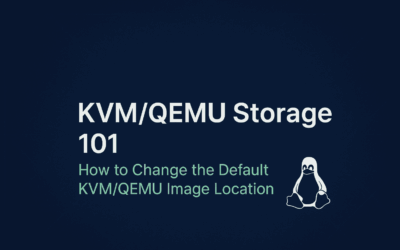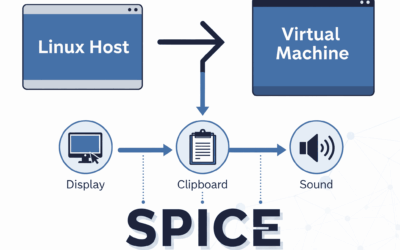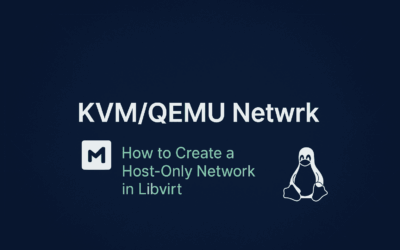Introduction "Have you ever run out of disk space on your root partition after creating just a few virtual machines? That’s because KVM and libvirt, by default, tuck away all your virtual disk images in /var/lib/libvirt/images. This default setting is fine for a quick...
Sandbox99 Chronicles
From My Sandbox to Yours — Practical IT Insights.
Supercharge Your Linux VMs: Enabling Seamless Desktop with SPICE on KVM/QEMU
Introduction So, you're a seasoned Linux admin diving deeper into the world of virtualization with libvirt, KVM, and QEMU? Excellent choice! This powerful combination lets you run virtual machines (VMs) with near-native performance. But beyond just booting up a guest...
Secure Your Homelab: Installing OPNsense as a Virtual Firewall
Introduction Are you tired of the limitations of your consumer-grade router? As your homelab grows, so does the need for more granular control, enhanced security, and the flexibility to segment your network. Off-the-shelf routers are great for basic internet access,...
libvirt Networking: How to Create a VM Network with No Host or Internet Access
Creating an Isolated Internal Network for Virtual Machines 💻 Virtualization offers powerful tools for creating isolated environments. This post will walk you through setting up a custom internal network that's completely cut off from the host operating system (OS) and...
libvirt Networking: Beyond the Default NAT
Introduction Just as VirtualBox automatically sets up a default NAT network for its virtual machines, libvirt also provides a default NAT network out of the box, allowing your VMs to access the internet. However, libvirt offers far more flexibility. We can create...
How to Create a Host-Only Network in Libvirt
Introduction Virtualization is a powerful tool, but configuring the network to meet your specific needs can sometimes be a challenge. If you've ever used VirtualBox, you're likely familiar with the "Host-only" network—a private, isolated environment where your virtual...






